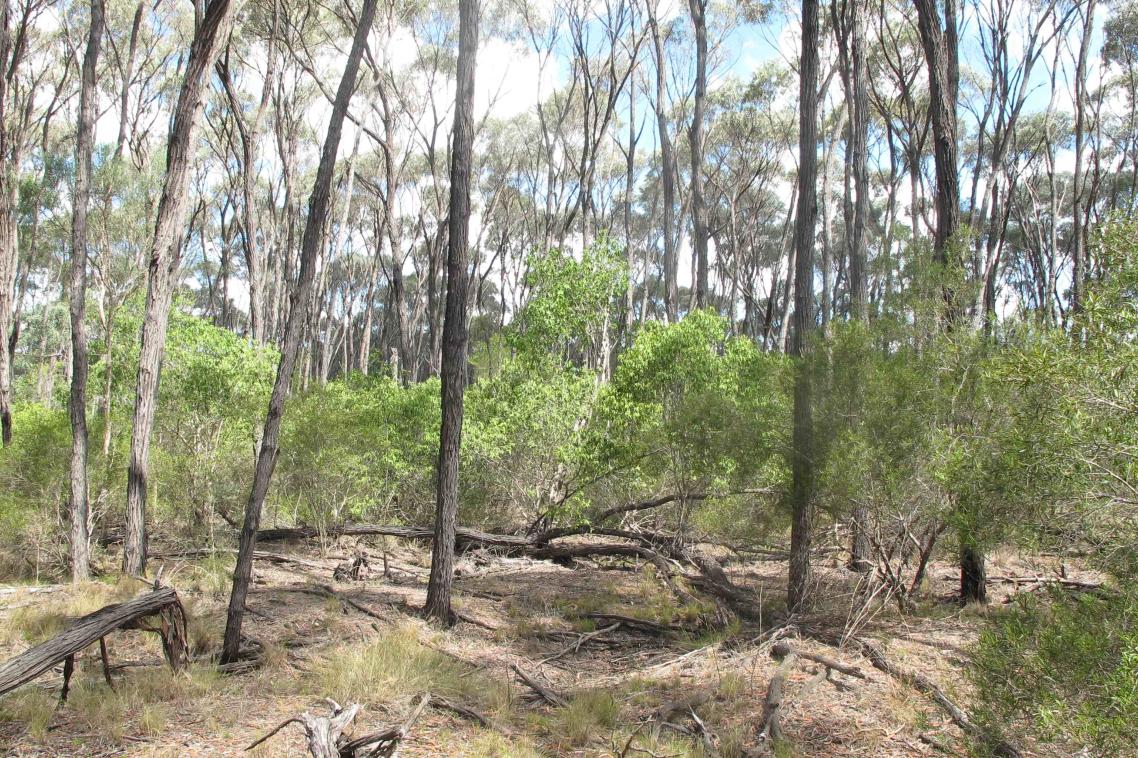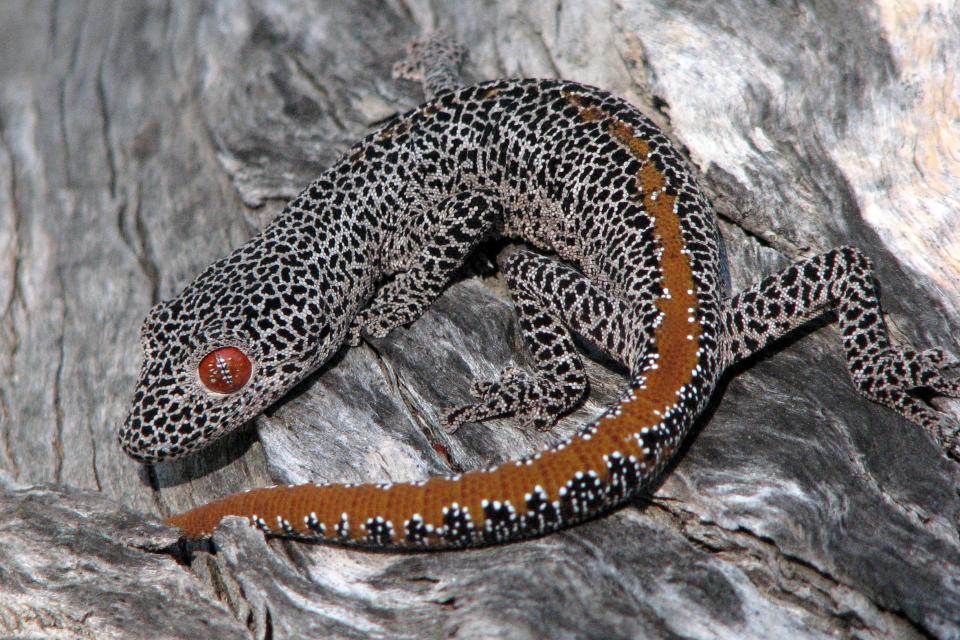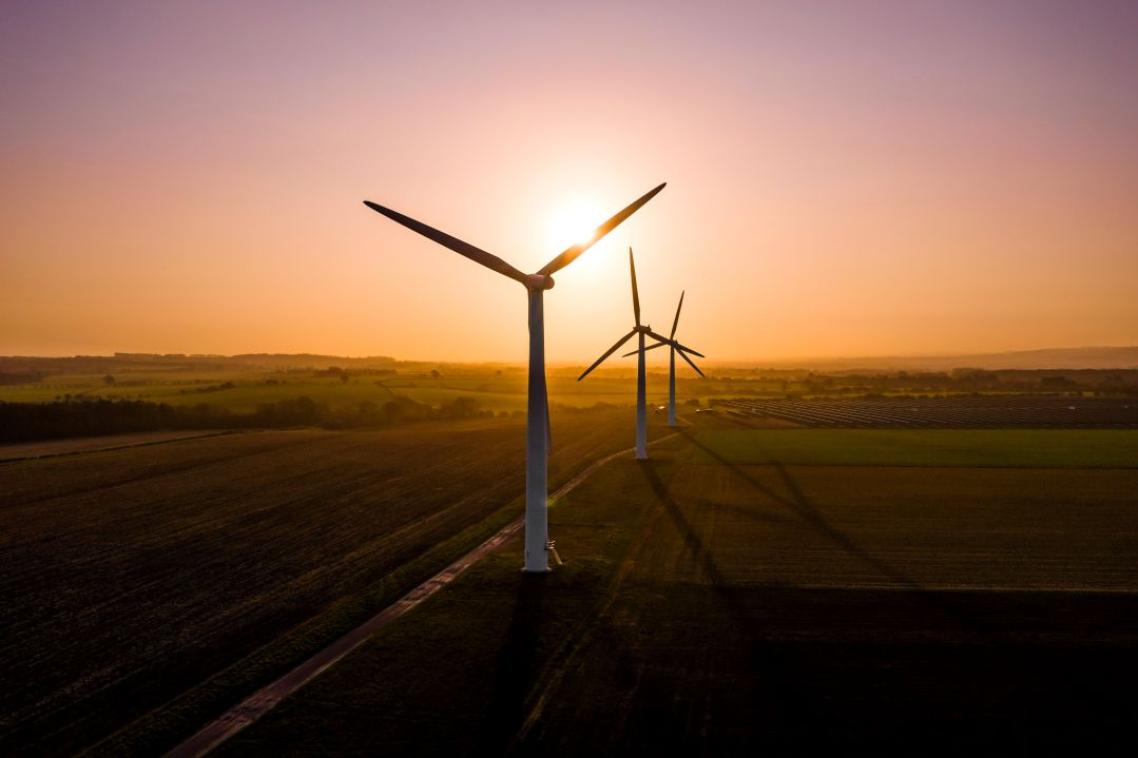Australia’s Brigalow forests almost gone in 60 years

Over the past 60 years, Australia has lost more than 90 per cent of a type of forest that once covered 130,000 square kilometres, and could be losing plants with important medicinal uses.
University of Queensland School of Biological Sciences researcher Associate Professor Rod Fensham said the loss of this once widespread ecosystem is one of the most rapid on the planet.
“At the start of the 1950s, Brigalow forests were almost intact and were important habitat for more than 1000 other species of plants, as well as important habitat for wildlife,” Dr Fensham said.
Brigalow trees, a silver-leaved wattle, grew to around 20 meters tall and formed dense forests. Their rapid clearing began when bull-dozers became readily available.
Since then, an average of almost 200,000 hectares of Brigalow forest has been cleared every year for 60 years.

“Many of the wildlife species that were once common in Brigalow forests are now threatened, including the bridled nailtail wallaby, black-breasted button-quail, golden-tailed gecko and ornamental snake,” he said.
“We are also losing plants. For example, we surveyed four species of bush tomatoes at more than 200 sites, and found that some species have already lost 98 per cent of their numbers.
“For every 50 plants that existed in 1950, there is now only one.
“As well as being important food for wildlife, bush tomatoes are rich in phyto-chemicals. If we lose these species, we may lose important drugs for the future.”
The research is part of the Threatened Species Recovery Hub, which undertakes research to support the recovery of Australia’s threatened species.
The Hub is a collaboration between 10 of Australia’s leading universities and the Australian Wildlife Conservancy, and receives support from the Australian Government’s National Environmental Science Programme.
Media: Dr Rod Fensham, +61 447 907 535, r.fensham@uq.edu.au, rod.fensham@dsiti.qld.gov.au; Jaana Dielenberg, TSR Hub Science Communication Manager, +61 413 585 709, j.dielenberg@uq.edu.au.
Related articles

Brazil claims to be an environmental leader. Are they?

COP30 climate summit: UQ experts
Media contact
UQ Communications
communications@uq.edu.au
+61 429 056 139
